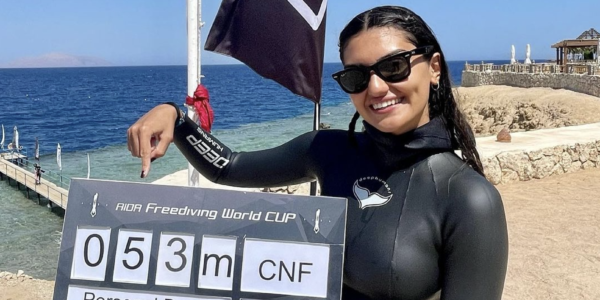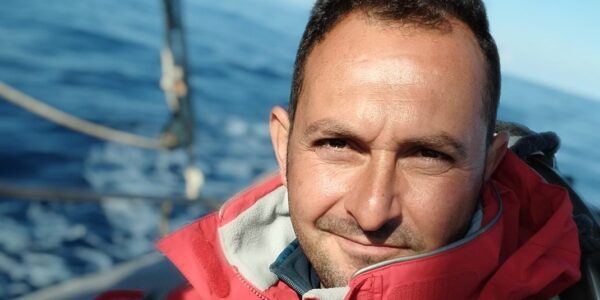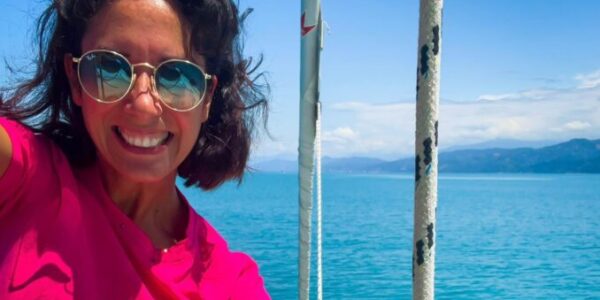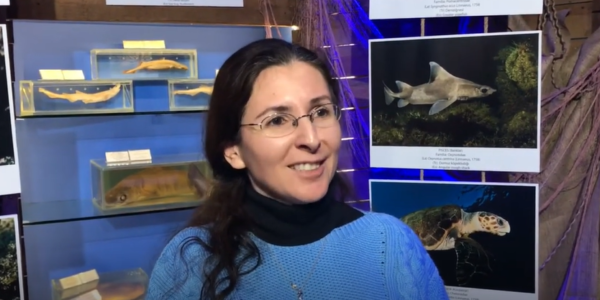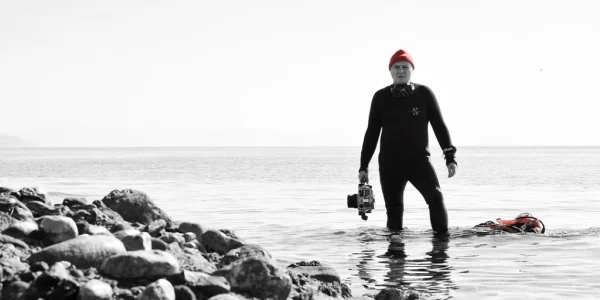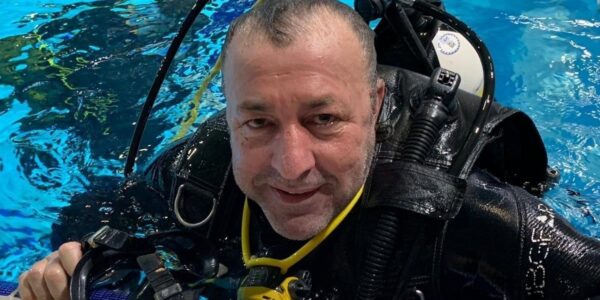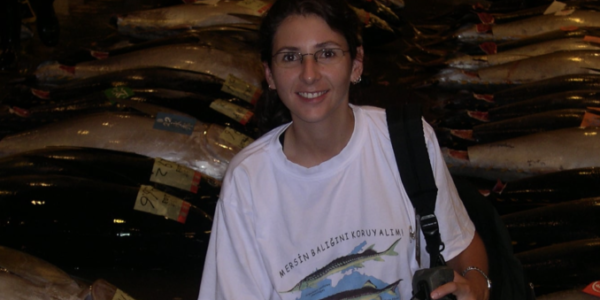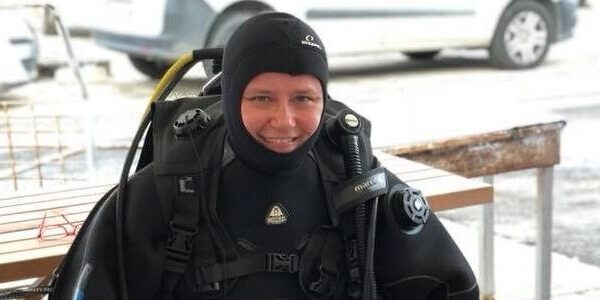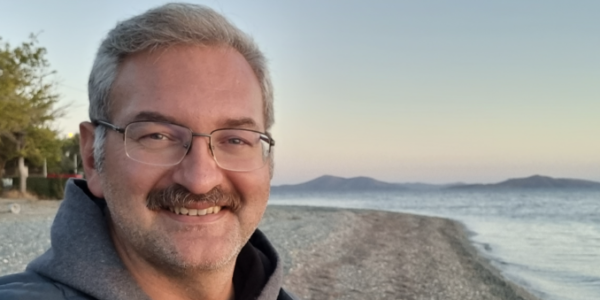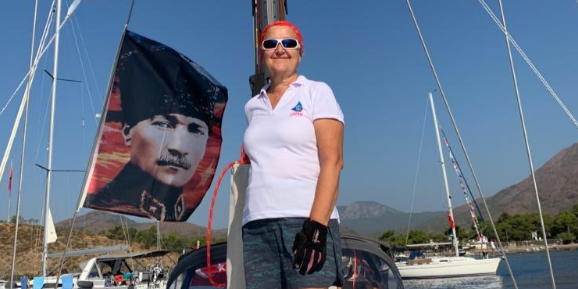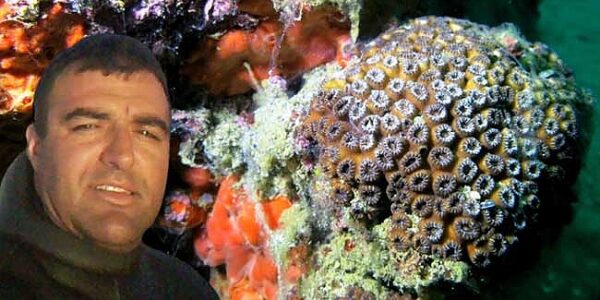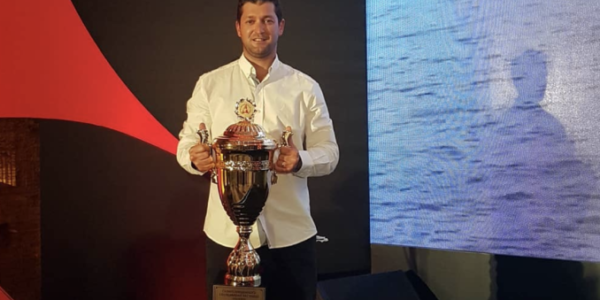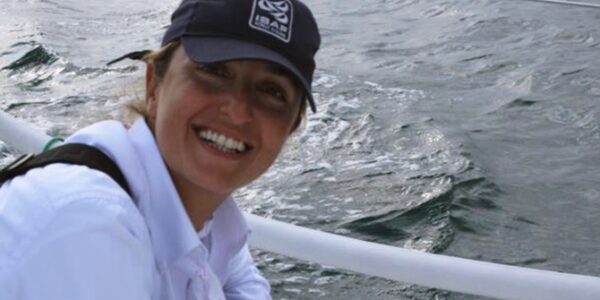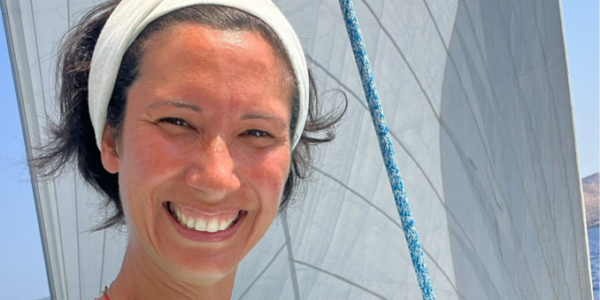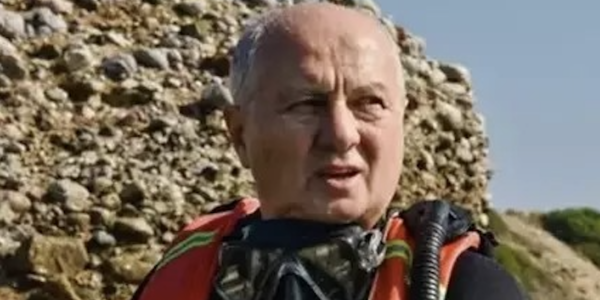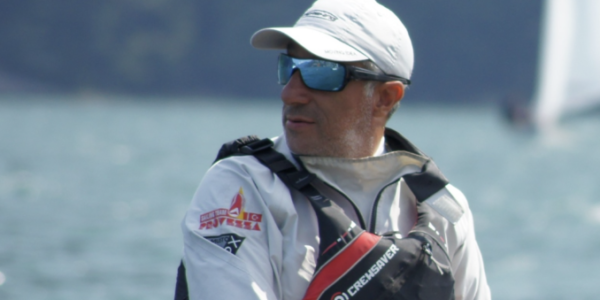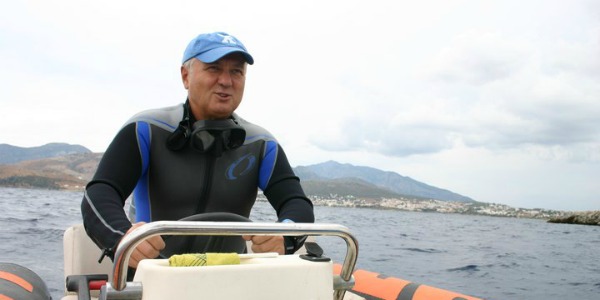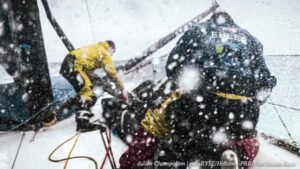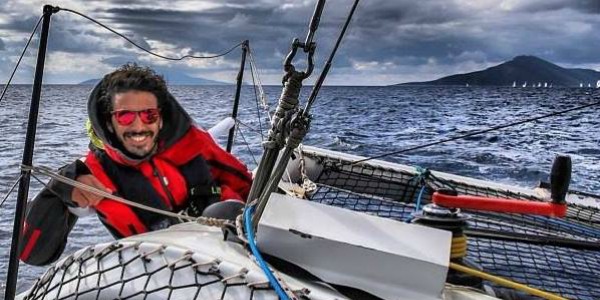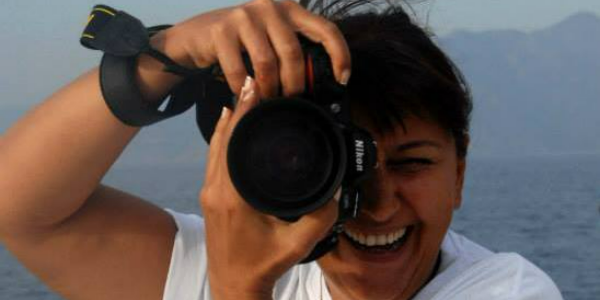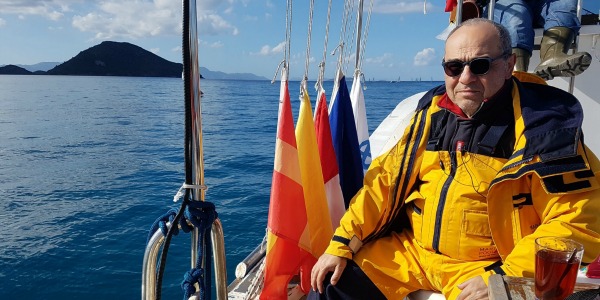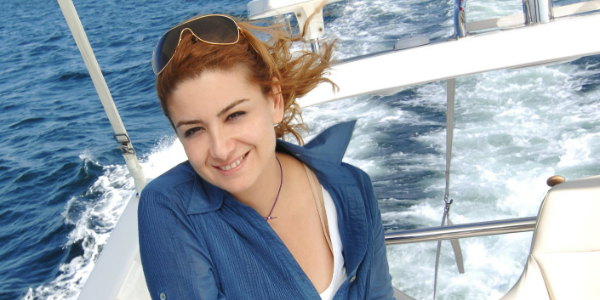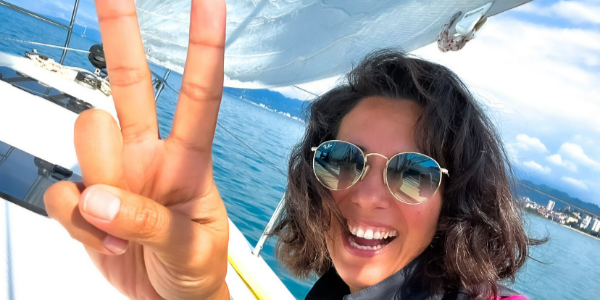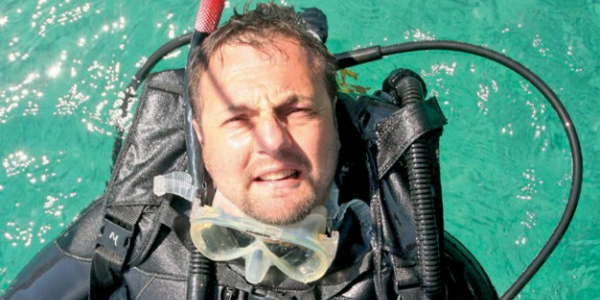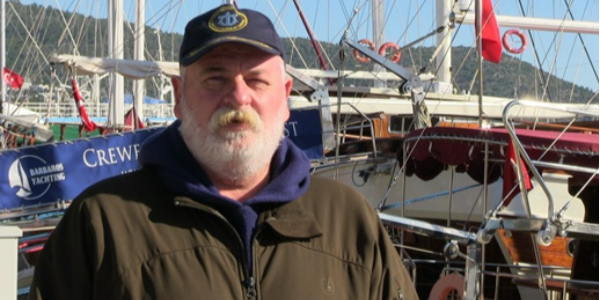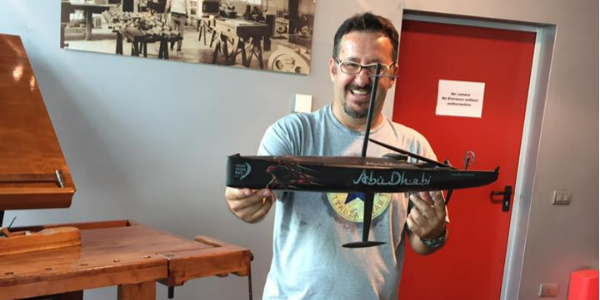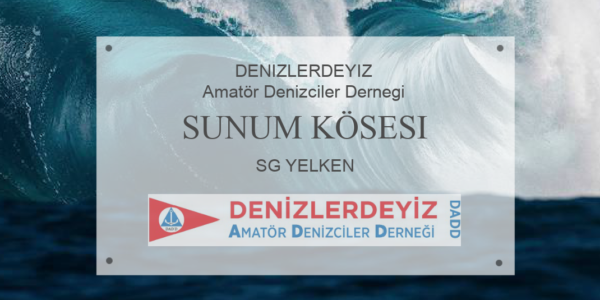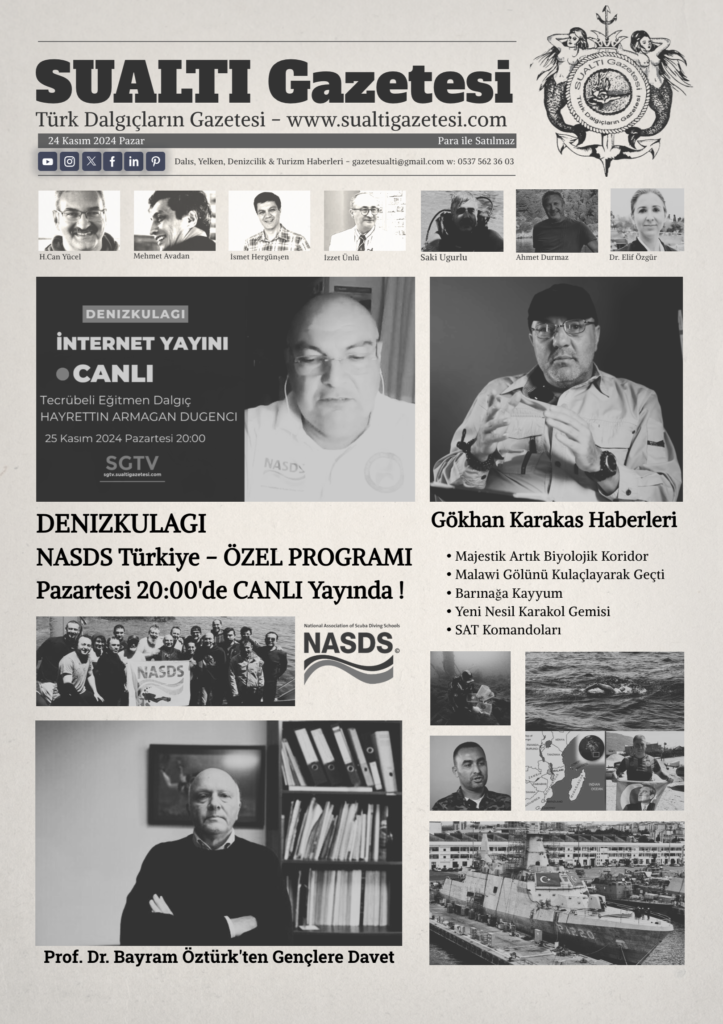Nearly 13,000 miles of hard racing across the southernmost waters of the world’s seas put the Ocean Races’ sailors to the ultimate endurance test. It may never happen again. Sailing World’s Ed Gorman takes a look at the most punishing leg of that race.
What we’re talking about is The Ocean Race’s monster of a stage through the southern Indian and Pacific. What was originally a solution to the impossible challenge of trying to organize a round-the-world race with stops through Asia in the time of COVID-19 may have manifested itself as a new classic course, the new Everest peak for fully crewed ocean-racing teams, starting in Africa and ending in South America.
It was always going to be one hell of a challenge, this great distorting marathon sitting among six other standard size Atlantic-based stages in the 50th anniversary edition of The Ocean Race, formerly the Volvo Ocean Race and the Whitbread. And it looked to have disaster written all over it because there were so many unknowns:
Would the foil-assisted IMOCA 60s, with their delicate appendages and lightweight hulls, be able to cope with the violence of being pushed full-pelt for 35 days through the most inhospitable seas on the planet? How would their four-strong sailing crews survive in their spaceship-size capsules, on a platform with a ride quality ranging from uncomfortable to unbearable?
And how would the race’s credibility survive this challenge, with only five boats on the starting line under Cape Town’s Table Mountain? What if three, or worse, none of them, failed to complete the course? This later concern weighed heavily on race organizers and fans alike.
In the end, we were treated to an epic sporting story too deep and expansive for this space. And it was one that proved that even if there were only four boats on the racecourse (Guyot Environnement-Team Europe dropped out with structural issues), if they are good boats, then it can be a compelling watch. And these were good boats sailed by some of the world’s best solo and fully crewed yachtsmen and women.
With nearly 500 miles to go before the finish, 11th Hour Racing skipper Charlie Enright wrote: “We have had highs and lows, seen joy, frustration, courage and heartache. We’ve been fast. We’ve been broken. Above all, thus far, we’ve been safe.”
Leg 3 had everything: big downwind racing in towering seas and storm-force winds, and long periods of atypical calm for the Southern Ocean, even in summer, and remarkably close racing. How close? While passing the most remote spot in the world’s oceans at Point Nemo, all four boats were within hailing range of each other.
And there was some serious record-breaking pace at times, with the IMOCA 24-hour distance record smashed, jumping from 539 miles to 595 miles, courtesy of Kevin Escoffier and his crew on the Swiss-flagged Holcim-PRB.
The leg captivated a hungry social media audience with compelling stories of resilience, determination and resourcefulness by each and every crew as they battled rig and sail damage, hull and appendage structural failure, and personal injury in one case to keep their race on course.
And all of it was vividly recorded and shared by the onboard reporters (OBRs) forbidden from taking part in crew work. What the OBRs gave us was a fascinating Big Brother’s-eye view of everything that went on for over more than a month at sea, plus compiling some of the most spectacular drone footage of foiling yachts in the Big South, the likes of which had never been captured in such high definition.
Of all the subplots that played out over 36 days, the most compelling was that of the eventual leg winner, and a surprise winner at that: Team Malizia, skippered by the charismatic German Boris Herrmann. Alongside him was the young British sailor Will Harris, the experienced French navigator Nico Lunven and the Dutch sailor Rosalin Kuiper.
The team’s 2020-vintage VPLP-designed boat was tipped by many to come last in this race because it is big, heavy, and slow to get up on its foils in marginal conditions. Indeed, in Leg 2, from the Cape Verde islands to Cape Town, Malizia lost 200 miles to the fleet in just three days.
On Leg 3’s long eastbound highway, however, the hope for Herrmann and his crew was that their beast of an IMOCA would show its true pedigree in the South, and so it proved. But long before it could do that, their race almost came to an end after three days when the Code Zero halyard lock failed and the halyard carved a 30-centimeter trench in the front of the mast, 90 feet above deck.
At this point, the temptation to return to Cape Town was almost overwhelming, but the crew decided to try to repair it. “We thought about going back to Cape Town. That would be an easy reaction. But now we have all agreed to try and continue, it takes even more mental strength to do this than such an endeavor takes anyhow. The day we stand on the dockside in Itajai, I will be super proud,” Herrmann said at the time. – Full story
Source: scuttlebutt – https://www.sailingscuttlebutt.com/2023/08/29/the-ocean-race-epitome-of-endurance/
